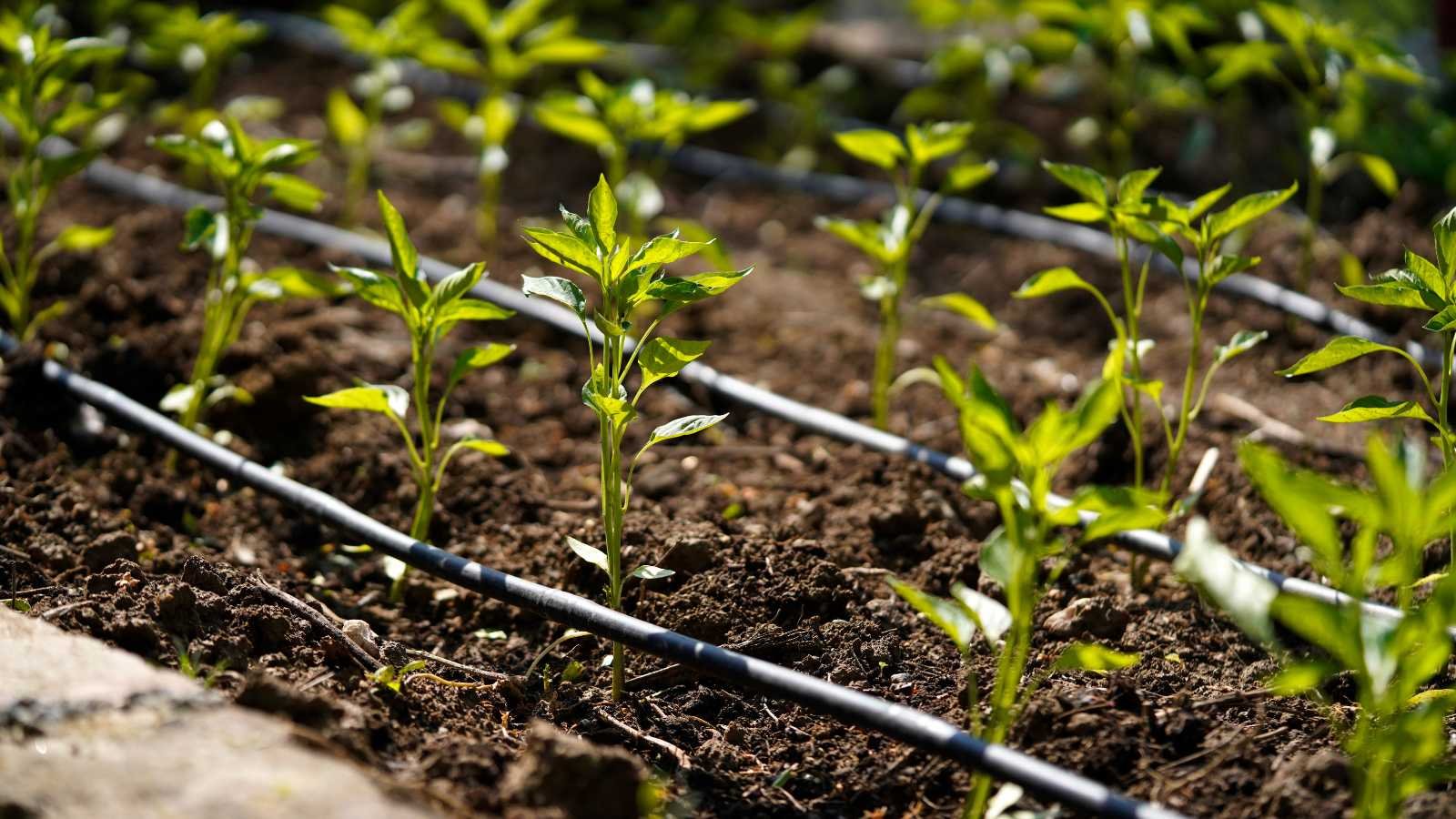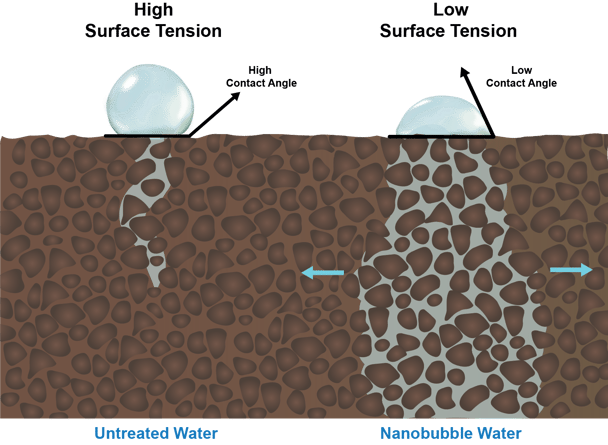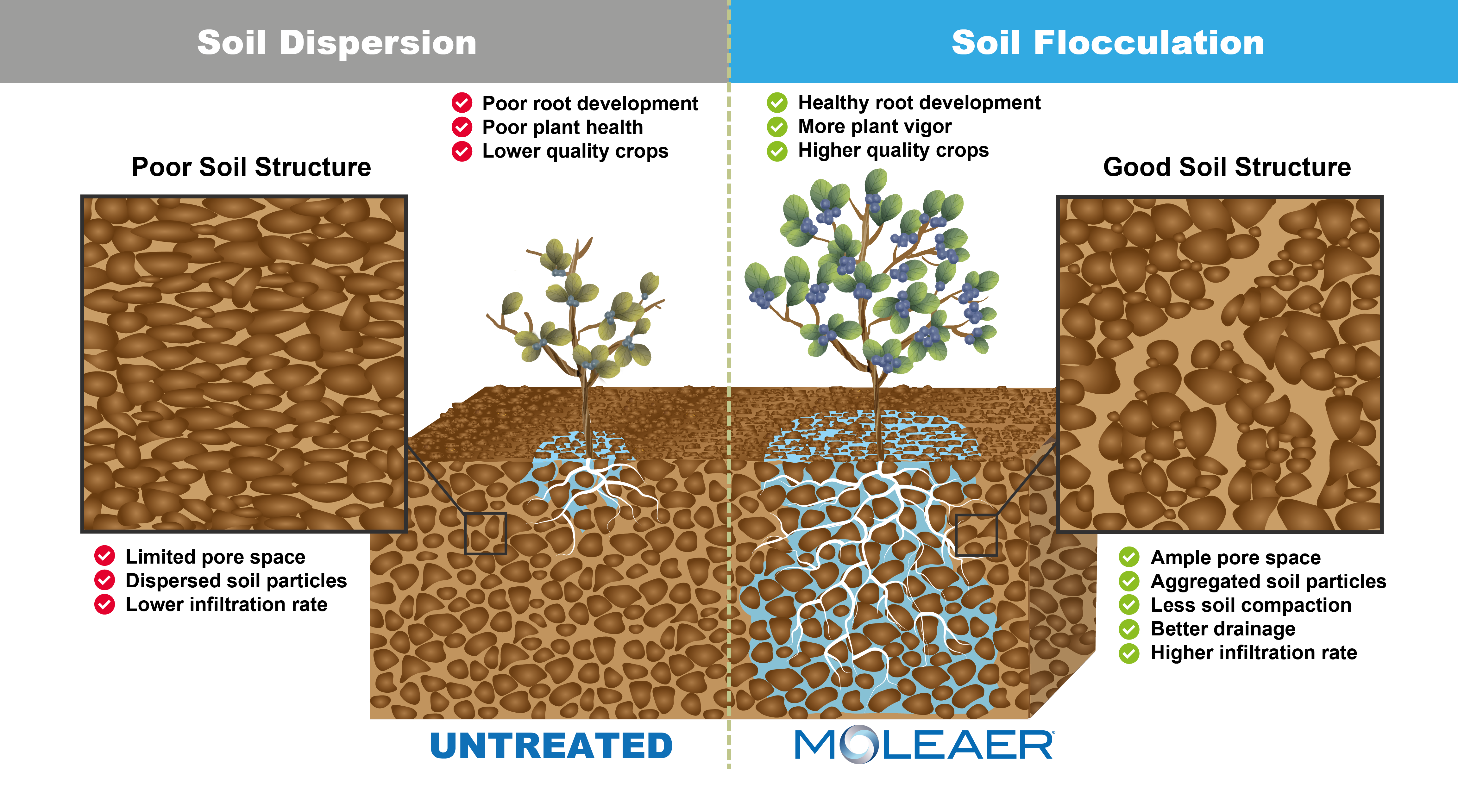Irrigation is an ancient practice with roots in the Near East dating back to at least the 6th millennium B.C. And while irrigation significantly improves crop yields, the practice also wastes as much as 50% of the water used. In ancient times this was not a problem because water was plentiful. Now, the situation has become unsustainable. The importance of sustainable water management has become more prevalent.
According to the World Bank, “In most regions of the world, over 70% of freshwater is used for agriculture. By 2050, feeding a planet of 9 billion people will require an estimated 50 percent increase in agricultural production and a 15 percent increase in water withdrawals.”
The Need to Adopt More Sustainable Agriculture Irrigation Practices
It’s clear that farmers need to adopt more sustainable agriculture irrigation systems to use precious resources more efficiently and promote water conservation where possible. The Sustainable Agriculture Research and Education (SARE) organization, a center for sustainable agriculture and agronomy, defines sustainable agriculture as “producing enough food and fiber to satisfy today’s needs without compromising the ability of future generations to do the same.”
Farmers have three common goals:
- Profit over the long term
- Stewardship of land, air and water
- Quality of life
Sustainable agriculture practices involve soil health, biodiversity, community vitality, innovative technologies and much more. As for sustainable irrigation, drip irrigation systems were revolutionary when they were first implemented into farming practices. Drip irrigation is a valuable technology to reduce water consumption by growers from 20-40%. Other technologies, such as nanobubble technology, help increase water use efficiency when paired with drip irrigation.

Nanobubble technology is a sustainable, chemical-free ag tech that helps improve soil structure and water quality and conserve water by increasing water’s ability to infiltrate soil. Increased infiltration increases crop yield and health and decreases the amount of water lost to evaporation and runoff. Nanobubbles are also a sustainable solution in that they prevent and suppress pathogens and biofilm without or with reduced expensive and often harmful pesticides and cleaning chemicals.
Enabling Sustainable Farming Irrigation with Nanobubble Technology
Nanobubbles Lower the Surface Tension of Water
In agronomy, one of the most important properties of nanobubbles is their ability to lower the surface tension of water. High surface tension means that water molecules on the surface of the water form tight bonds that make it difficult for water to penetrate soil and plants. This is especially true with problematic soils, like high-clay, -sand, or -salt content soils, or compacted soils all of whose structures impede water flow. Having high surface tension means that irrigation water tends to pool on the surface of soil instead of infiltrating. The result: not enough water delivered to the plant and too much lost to evaporation or runoff.

Higher Water Surface Tension – Common irrigation water:
- Reduces water penetration on the soil surface
- Can result in pooling and increased loss of water to run off or evaporation
- Reduces infiltration of water through the soil profile to the root zone
Lower Water Surface Tension – Possible through nanobubble technology:
- Enables water to penetrate the soil surface through a reduced contact angle
- Lowers water waste from run off or evaporation
- Improves infiltration into the soil profile and to the root zone where it’s needed most
- Helps farmers use water more efficiently and effectively for their crops
Enhancing Infiltration with Nanobubble Technology
Nanobubble technology solves this problem by increasing soil wettability. Due to their neutral buoyancy, nanobubbles move randomly and continuously through water and all parts of an irrigation system via Brownian motion. Each nanobubble typically remains suspended for months before eventual collapse. When nanobubbles burst, they break the surface tension of water. At that point, water can enter and move through soil more quickly than water with high surface tension. Read the case study about how nanobubbles significantly increased infiltration at Maricopa Orchards in California.
Nanobubbles Improve Soil Structure
Nanobubble technology also improves the structure of soil by increasing soil flocculation, the pulling together of clay particles into larger aggregates. This helps reduce soil compaction and leads to better water infiltration and nutrient mobility. At the Kapicua Research Center, an agriculture department in Chile, a blueberry grower saw a 20% compaction reduction when irrigating with nanobubble-enriched irrigation water.

Nanobubbles Improve the Quality of Irrigation Water
In addition to improving soil structure, nanobubbles improve the quality of irrigation water. Nanobubble technology supersaturates irrigation water with elevated levels of dissolved oxygen (DO). When root cells absorb super-oxygenated water, their metabolic rates increase and they can continually absorb nutrients and water from the soil, leading to significantly better root and plant development. Root cells grow faster and expend less energy in the absorption of nutrients, while also benefiting from the favorable environment created by higher oxygen levels in the root zone. High-oxygen environments not only encourage the growth of beneficial microbes but also inhibit the growth of pathogens.
Nanobubbles Reduce Disease Pressure
Keeping pathogens at bay can greatly reduce the use of agri chemical cleaners and pesticides that enter our waterways after irrigation events. Finding chemical-free ways to control pathogens is key.
Nanobubble technology reduces waterborne pathogens in several ways. The hard surface of nanobubbles scours biofilm, a pervasive coating found on most surfaces that are in frequent contact with water and prevents its build-up. Within the film is a highly organized and resilient structure able to host a wide variety of microorganisms, including plant root pathogens like Pythium, Phytophthora and Fusarium.
To read about how Moleaer nanobubble technology eliminated root disease and increased plant yields by 25% in three weeks at Bux-Mont Hydroponics download the case study.
Another way nanobubble technology reduces disease is by producing a more favorable, oxygen-enriched environment for beneficial bacteria that helps suppress anaerobic bacteria that promote diseases. Growers see significantly less disease pressure on their crops and better-quality irrigation water. Researchers at NovaCropControl in the Netherlands saw an 80% reduction in Pythium and Delphy Research Institute achieved 74% less pathogens. Nanobubble technology accomplishes this without chemicals, allowing growers to control pathogens and reduce their use of expensive and potentially risky chemicals.
It takes sustainable agriculture practices along with innovative tools like nanobubble technology to help growers meet the growing food demand while conserving and effectively using resources like water.


